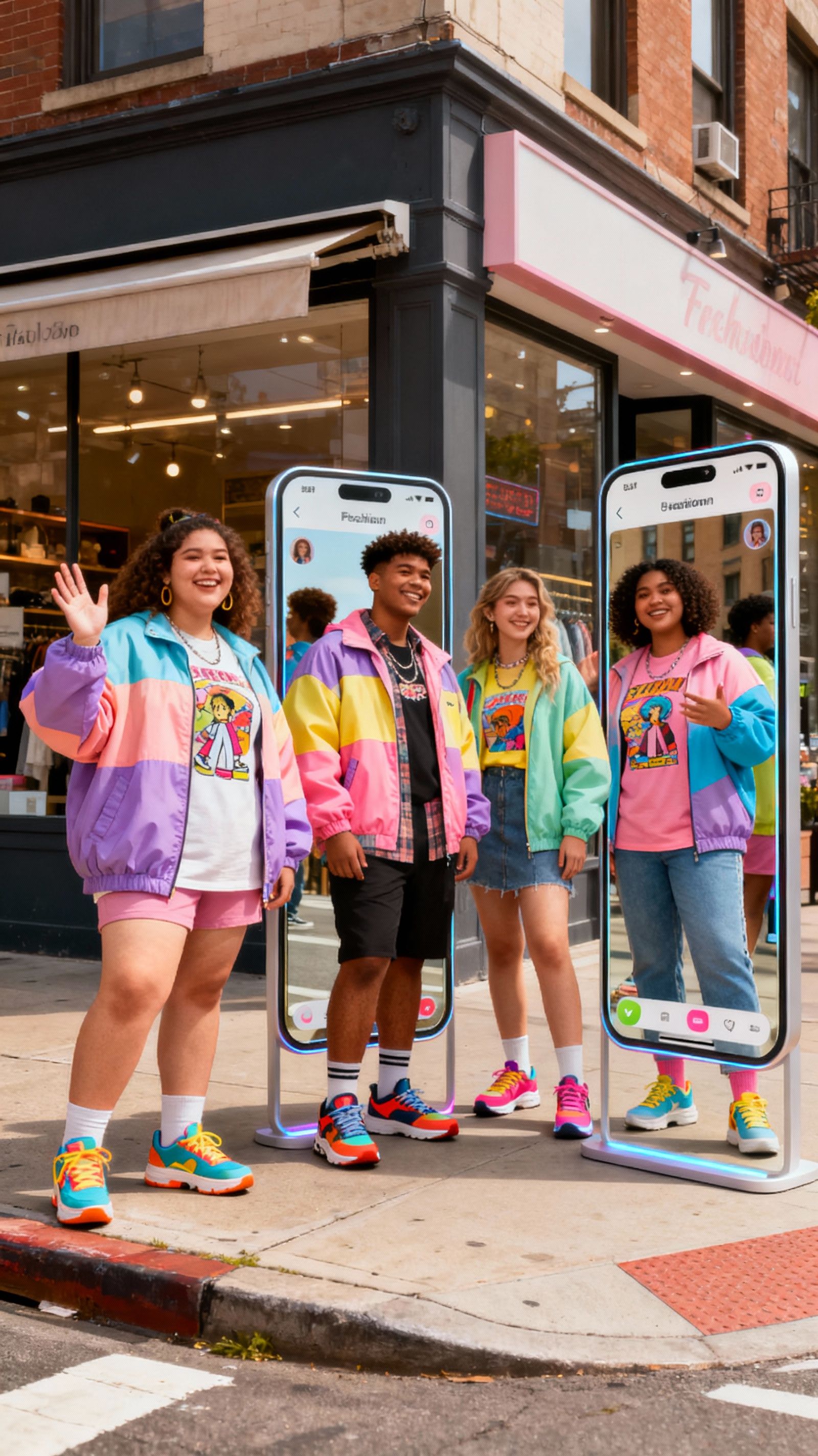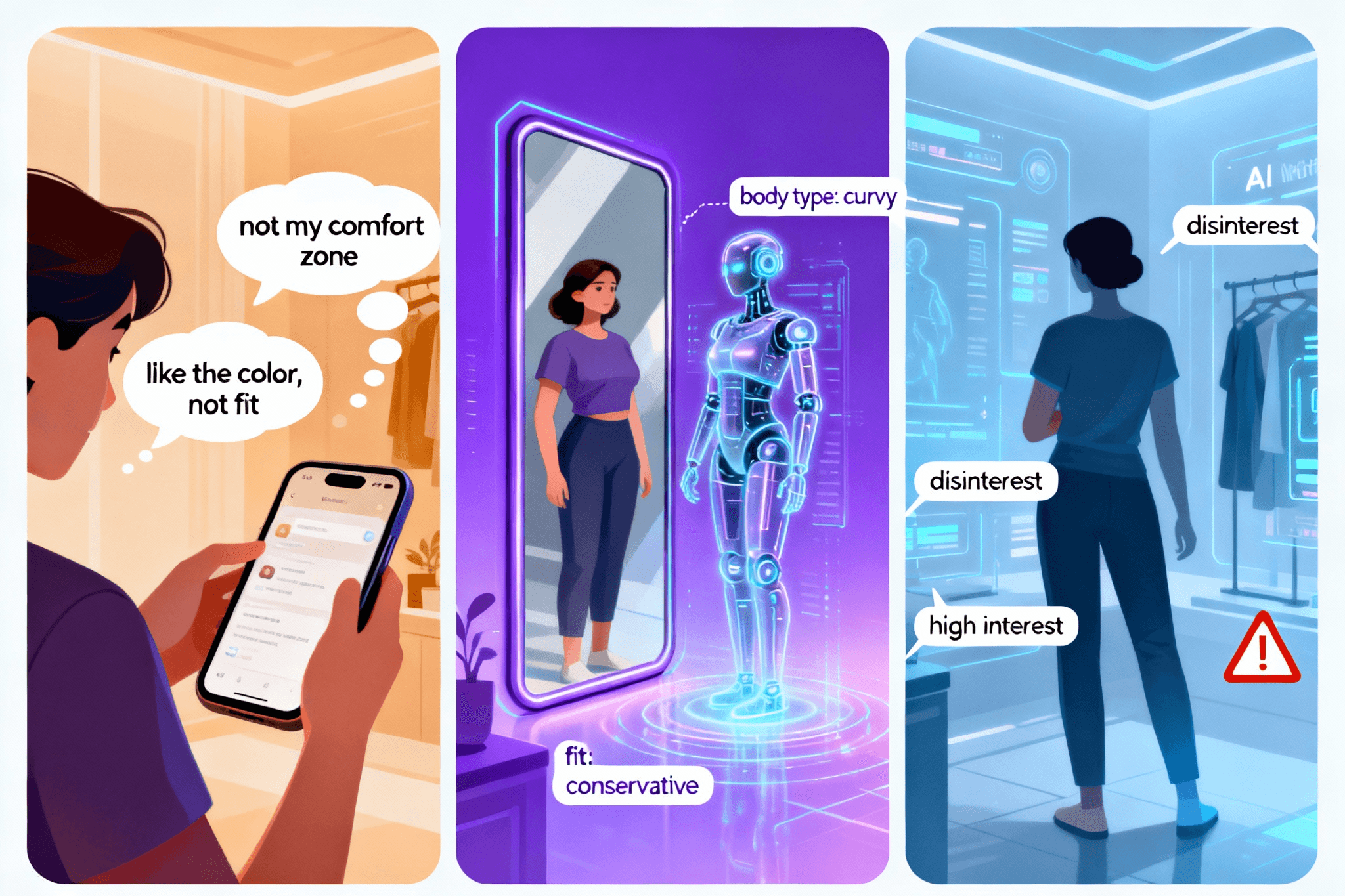AI in Online Shopping: Honors Every Unique Body Type
The Future of Conversational Commerce & Voice Shopping
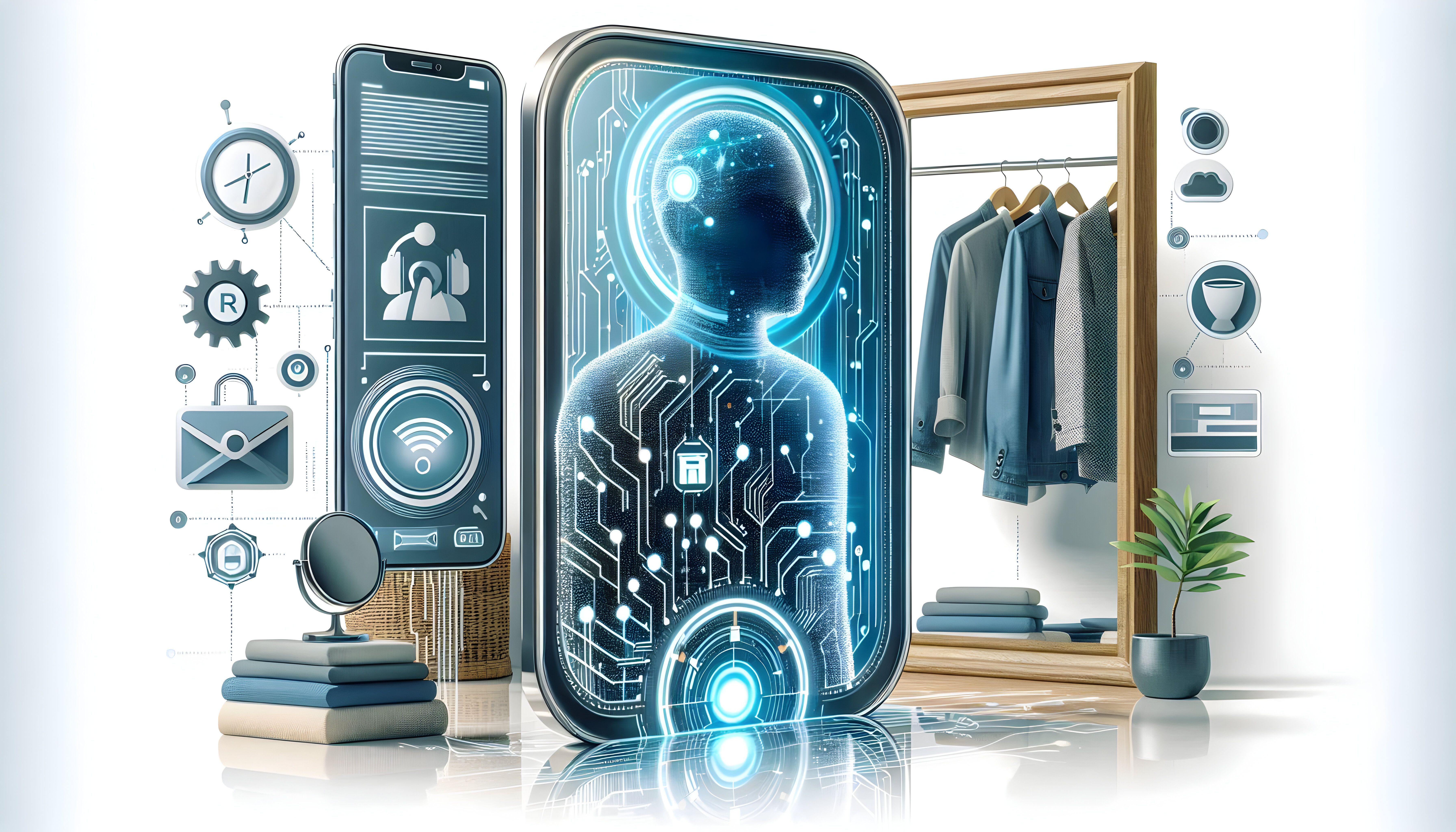

TL;DR
By 2026, conversational commerce and AI voice commerce will merge into one powerful, seamless system. Shoppers will move easily between chat, voice, and AR shopping without losing context. Predictive AI will handle everything—from product recommendations to checkouts—making the experience human-like, effortless, and personalized. With over $600B in voice commerce growth and $30B in conversational commerce expansion, this revolution is reshaping online retail. Glance AI leads the way with intelligent, inclusive, and conversational shopping journeys.
Introduction: From Taps to Talks—The New Face of Digital Shopping
Shopping is no longer just about clicks—it’s about conversations. Conversational commerce has evolved beyond chatbots into intelligent, two-way dialogues that personalize every interaction. Simultaneously, AI voice commerce has made it possible to browse, compare, and purchase hands-free, transforming shopping into a natural part of everyday life.
The conversational commerce market, valued at $8.8 billion in 2025, is projected to hit $32.6 billion by 2035, while AI voice commerce is forecasted to reach $636 billion globally. Together, they’re shaping the most intuitive digital shopping era ever.
This blog explores how conversational commerce and AI voice commerce will converge by 2026—redefining personalization, customer experience, and retail innovation.
1. Multi-Modal Shopping Becomes the New Default

The future of conversational commerce lies in seamless integration across devices. Shoppers will move from voice to text to AR without losing context.
Example:
- You ask your smartwatch for “floral dresses under $150.”
- The options appear in your phone’s chat thread.
- You complete the order via AI voice commerce saying, “Buy the second one in size M.”
This fluid, multi-device communication makes shopping effortless. It’s the new digital standard—uninterrupted, intuitive, and deeply personal.
2. Predictive AI Replaces Reactive Chatbots
Traditional chatbots are being replaced by proactive, predictive AI. Future conversational commerce will anticipate shopper needs rather than just respond.
Imagine this:
- AI suggests outfits for a calendar event—before you ask.
- It reminds you to reorder skincare right on time.
- Your tone (“something formal”) triggers smart, contextual recommendations.
This anticipatory experience marks a shift from transactional to relational shopping—AI voice commerce that understands your intent before you even express it.
3. Hyper-Personalization at Scale
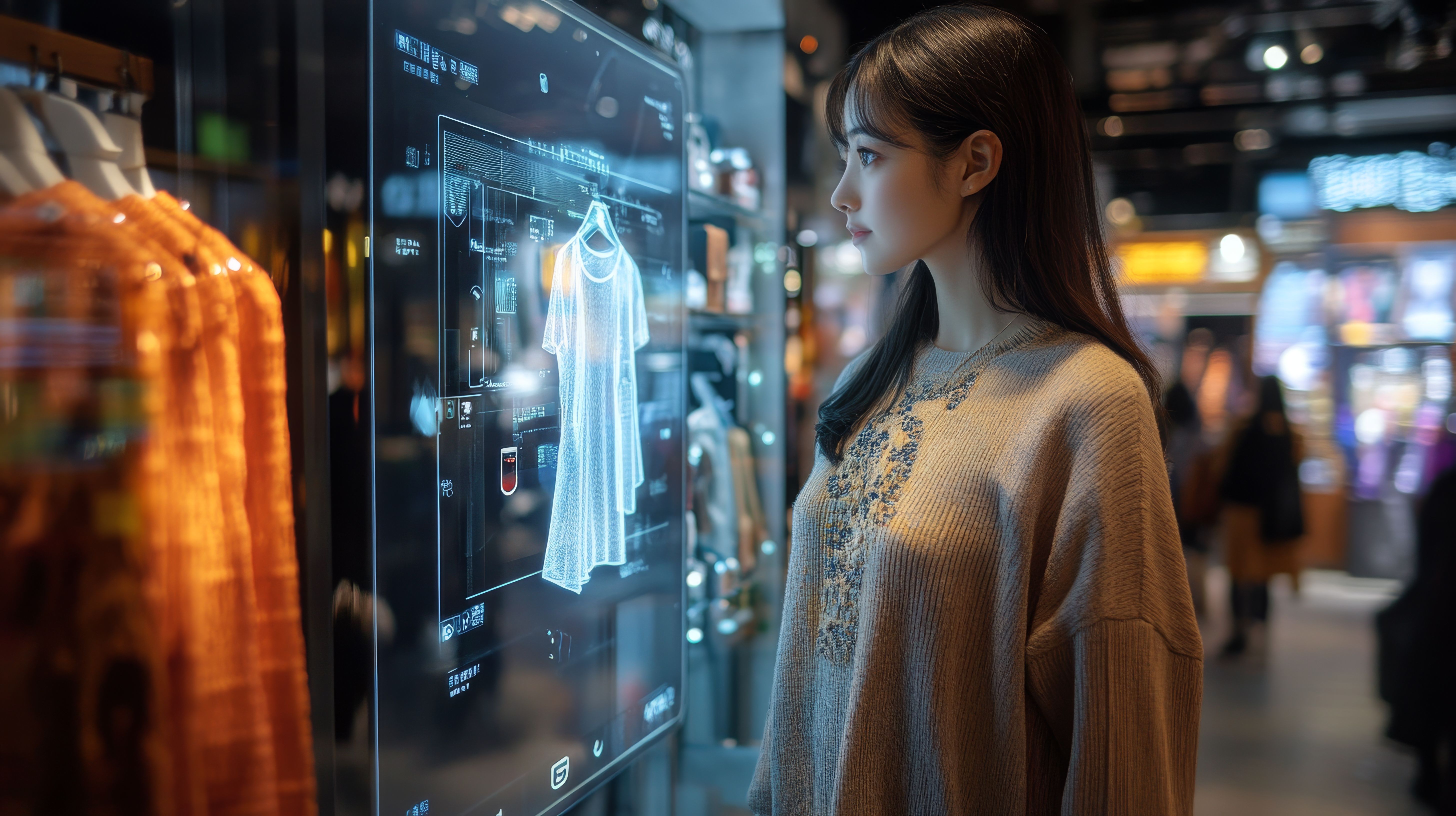
In 2026, personalization in conversational commerce goes beyond “recommended for you.” AI will understand tone, body type, and mood to tailor every response.
- Chat tone reveals your style mood (“chill” vs. “elegant”).
- AR mirrors collect body metrics for better size matching.
- AI voice commerce detects excitement or hesitation to adjust recommendations instantly.
If your voice brightens at a product, AI knows you’re interested and offers styling tips. This emotional intelligence is redefining loyalty in the world of AI voice commerce.
4. From Transactions to Relationships
The new goal of conversational commerce is not just to sell—it’s to connect.
Future retail assistants will remember details:
- Birthdays, preferences, and favorite brands.
- Follow-ups like “How did that dress fit last time?”
- Style evolution over time.
AI voice commerce creates long-term engagement by remembering past conversations and purchases—turning every interaction into a relationship, not a sale.
5. Immersive AR + Voice Fusion
Visual + voice synergy is the next frontier. By 2026, shoppers won’t scroll through endless catalogs; they’ll see and say what they want.
Picture this:
- You stand before your smart mirror.
- You say, “Show me this dress in emerald green.”
- The AR projection changes color instantly, while your AI voice assistant comments, “This shade complements your skin tone.”
This real-time AR and voice shopping integration transforms product discovery into an immersive experience. Combined with conversational guidance (“Would you like matching heels?”), it’s like having a personal stylist available 24/7.
6. Omnichannel Experiences Without Friction
The future shopper moves effortlessly between digital and physical spaces.
- Start on WhatsApp → continue on your smart TV → complete via AI voice commerce.
- Begin a return in-store → get confirmation via chat → receive updates via voice.
Conversational commerce creates omnichannel continuity, ensuring no interruption in your shopping journey. Every step feels natural and connected.
7. Trust, Privacy & Ethical AI
With AI voice commerce collecting data, transparency will be critical. Consumers will expect brands to:
- Explain how data is used.
- Offer opt-outs for recordings.
- Provide unbiased, inclusive recommendations.
In 2026, trust will define adoption. Platforms like Glance AI already ensure privacy-first personalization—using data ethically to enhance your experience, not exploit it.
8. Business Transformation: ROI & Efficiency
For businesses, integrated conversational + voice commerce means more than convenience—it’s strategic advantage.
- Operational Efficiency: 80% of customer queries resolved by AI.
- Revenue Growth: AI-driven personalization boosts average order values by 20%.
- Cart Recovery: Predictive nudges reclaim abandoned carts.
Retailers adopting this integration will outperform competitors who rely solely on visual interfaces. In a world of multitasking consumers, voice shopping and conversational AI make every moment shoppable.
9. How Glance Is Shaping the Next Wave of AI Commerce
Glance isn’t just another app—it’s an AI powered shopping platform.
Features include:
- Real-time outfit suggestions: Get curated recommendations based on personal style, body type, and trending items.
- Capsule wardrobe assistance: AI helps rotate outfits, mix and match pieces, and plan purchases efficiently.
- Inclusive personalization: AI considers size, color preferences, and style archetypes, ensuring recommendations are relevant to everyone.
With Glance, shopping becomes interactive, instant, and deeply personalized—bridging the gap between conversational engagement and tangible purchases.
Glance AI merges conversational commerce and voice shopping into one fluid ecosystem, enabling users to browse, compare, and buy without leaving the conversation. It’s a glimpse of where all AI retail is heading—intuitive, intelligent, and individual.
10. The Road Ahead: 2026 and Beyond
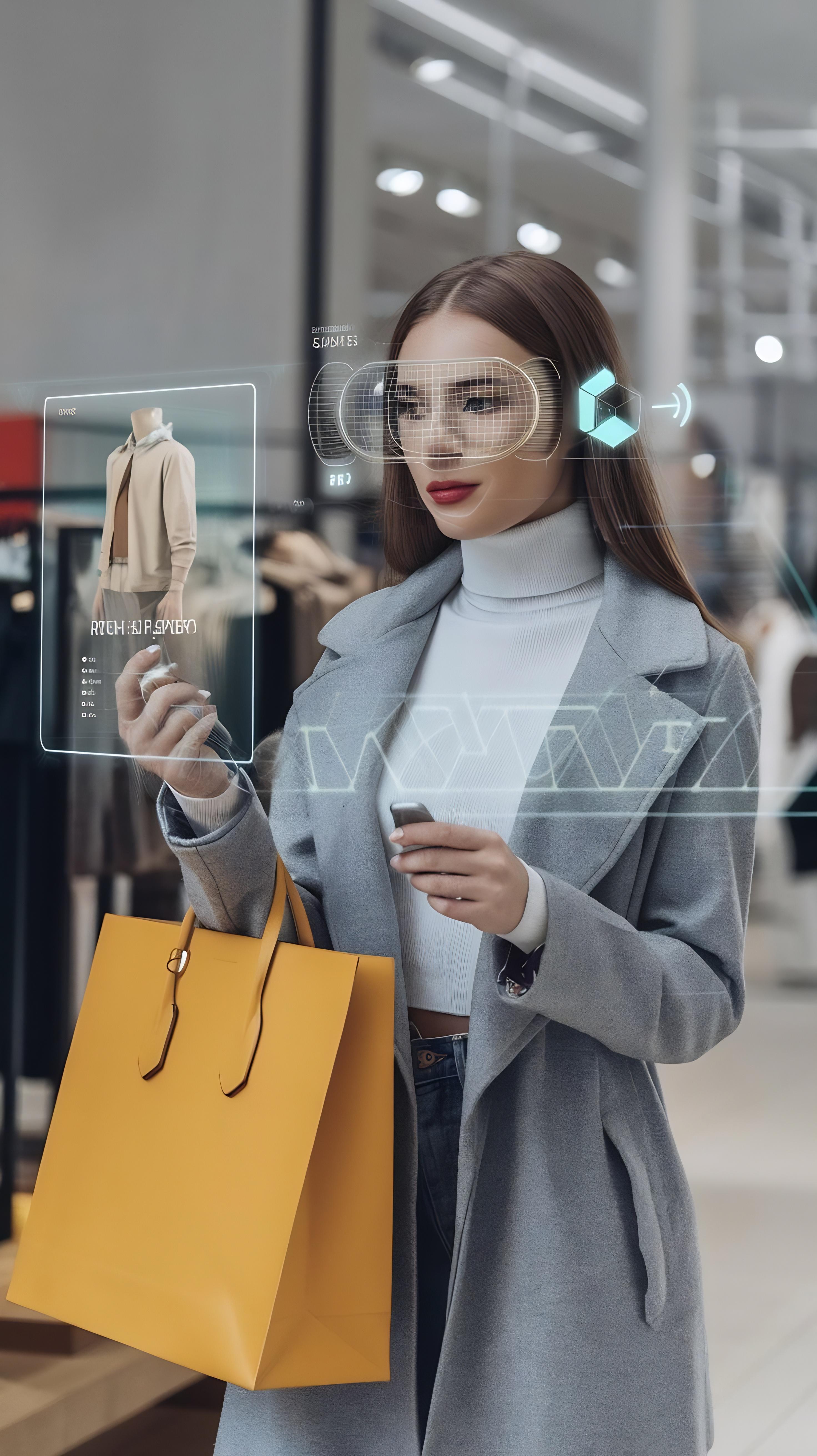
By 2026, expect:
- Multi-modal shopping as standard.
- Emotion-aware AI voice commerce assistants.
- Ethical, transparent, and humanized AI retail ecosystems.
Brands will no longer compete just on price—they’ll compete on experience. The smoother and smarter the conversational commerce, the stronger the connection.
Conclusion: The End of Clicks, The Rise of Conversation
The future of retail isn’t about transactions—it’s about interaction. Conversational commerce and AI voice commerce are merging to make shopping natural, predictive, and effortless.
With innovators like Glance AI, shoppers will soon live in a world where every purchase begins with a question and ends with confidence.
Shopping won’t just be digital—it’ll be delightful, human, and conversational.
FAQs
Q1. What is conversational commerce?
Conversational commerce enables shoppers to interact with AI assistants via chat or messaging, allowing real-time, personalized shopping.
Q2. What is voice shopping integration?
Voice shopping lets users search, compare, and buy products using voice commands integrated with visual and chat-based systems.
Q3. How will conversational and voice commerce merge in 2026?
They’ll combine into a multi-modal shopping ecosystem where AI synchronizes conversations across text, voice, and AR seamlessly.
Q4. Why does trust matter in conversational commerce?
Because consumers expect transparency in data use, ethical AI practices, and inclusive recommendations across languages and accents.
Q5. How is AI shaping the future of voice shopping?
AI integrates voice, chat, and visual recommendations to provide inclusive, predictive, and sustainable shopping guidance.


